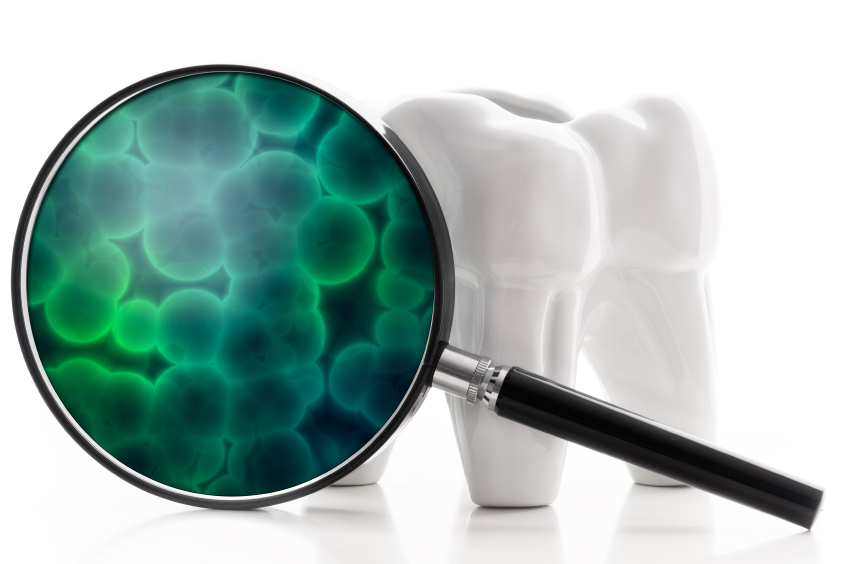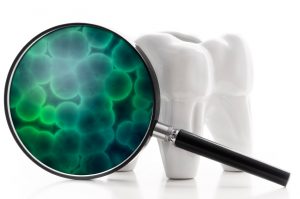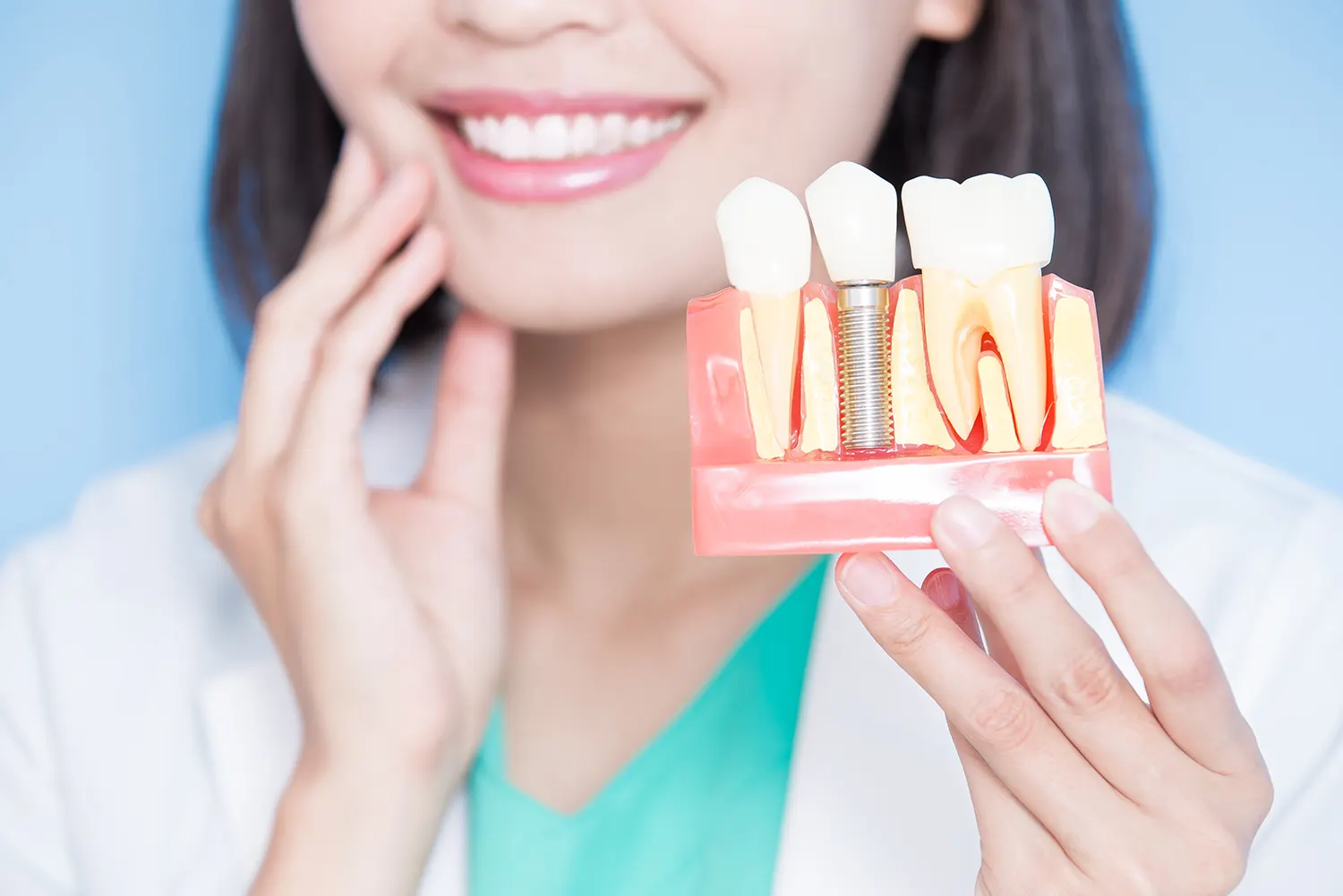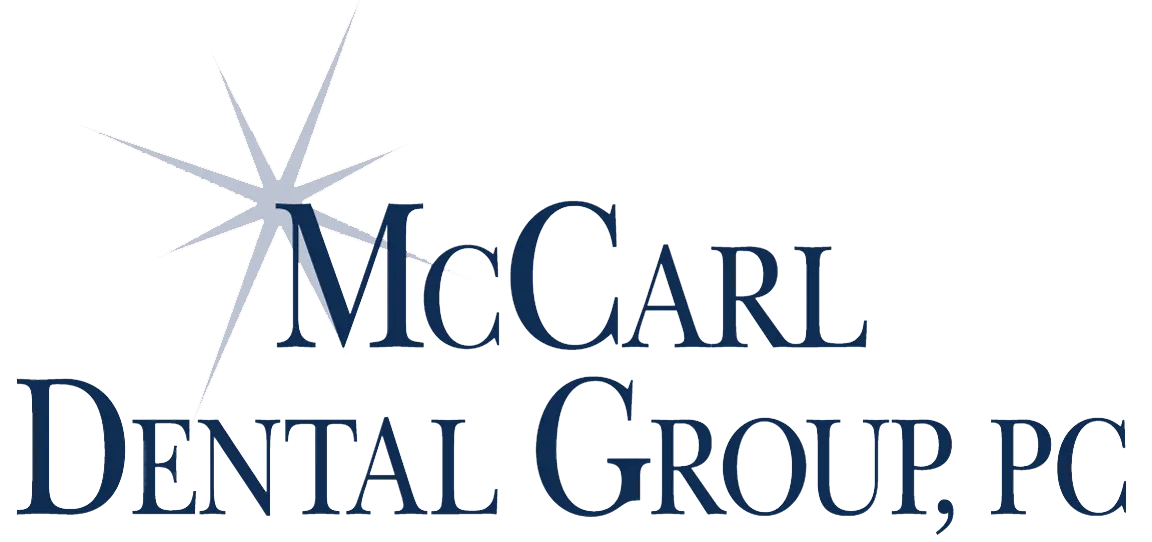

Your smile is so much more than the pearly whites that immediately catch your eye. Your mouth is its own ecosystem constantly undergoing changes in temperature, bacteria growth, and beginning the digestion of nutrients to ensure whole body health. Teeth are possibly the most important parts of the mouth, and they make it possible for patients to speak clearly, digest a variety of nutrients, and smile with confidence. At McCarl Dental Group, we love teeth and enjoy helping patients get to know their unique, beautiful smiles. If you’re interested in finding out more about dental anatomy, keep reading or contact our dedicated dentists and team today.
Types of Teeth
Before we look at the parts of specific teeth, it’s important to consider the types of teeth and their intended functions within our smiles.
- Molars – these are the largest teeth in the back of the mouth and their main role is to crush and breakdown foods. Four First Molars (or six year old molars) erupt first behind your baby teeth in all four quadrants of your mouth. Four Second molars (or twelve year molars) come behind them six years later. A third set, wisdom teeth, emerges in late teens or after and may be recommended for extraction due to insufficient space for eruption. So most of us, if our jaws are big enough, have the potential for twelve molars in the back.
- Premolars – also known as Bicuspids, are slightly smaller than molars. They are used in conjunction with canines to tear and bite foods into portions small enough to chew. There are eight total premolars within the smile. These are sometimes removed for orthodontic reasons if straightening teeth in overcrowded arches can not be accomplished by expansion alone.
- Canines – also known as cuspids, are sharp, pointed teeth used for ripping and shredding chewier foods. There are two on the upper and lower arches. These teeth have the longest roots of all teeth in the mouth. The roots of upper canines angle up to the eyes. In the era where teeth were routinely lost with age, canines were the teeth people kept the longest and these “eye teeth” were valued the most. “I’d give my eye tooth for that” was an old expression for the high value of something.
- Incisors – the front teeth are flatter than teeth in other parts of the mouth and are primarily used to bite into foods. There are four on both arches of smiles.
Parts of Teeth
Each tooth has two main sections and three layers.
- Dental Sections
- Crown – the visible part of teeth above the gums
- Roots – the anchoring and supportive structure of teeth below the gum that holds them stably in bone.
- Dental Layers
- Enamel – the protective outer layer of teeth that gives smiles their brilliant shine
- Dentin – below tooth enamel, this slightly softer material provides support and strength
- Pulp – the innermost layer of the tooth, the pulp is a soft tissue that houses the nerve systems of teeth
Contact Your Dentist in Greenbelt to Find Out More
If you’re interested in learning more about your oral health and hygiene, our knowledgeable Greenbelt dentists and team are happy to discuss your smile during any dental checkup. We are dedicated to patient education, and are always willing to answer questions and give patients a reason to smile.
Latest Blog Posts

Dental Bridges vs. Single Implants: Which Fixed Solution Is Best for Your Tooth Loss?

Porcelain Veneers: Designing Your Smile Makeover for Lasting Aesthetic Results

